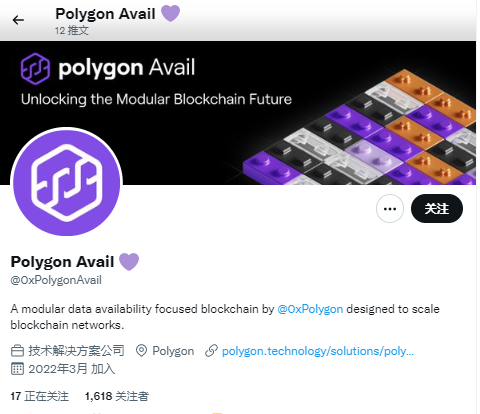Inventory of the five expansion plans of the Polygon family
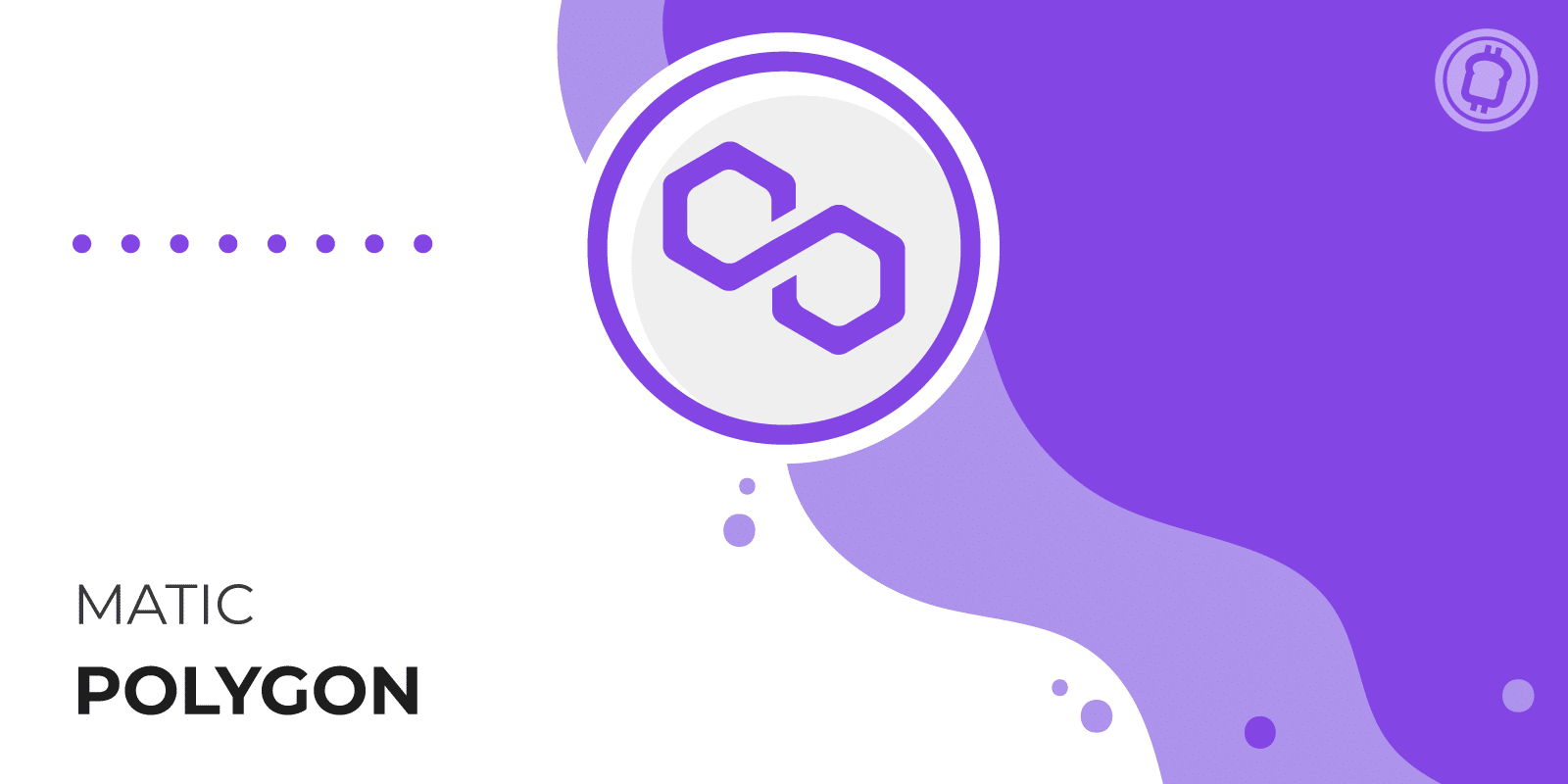
Polygon, as the side chain of Ethereum, is silently deployed on the expansion solution track. Since last year, Polygon has successively deployed L2 in four different directions and a modular blockchain. This diverse layout makes it difficult to fall behind in the upcoming expansion trend.
Looking back at the price trend of the L2 token OP, we may expect that MATIC will usher in a wave of rise under the superimposed narrative of the four L2s.
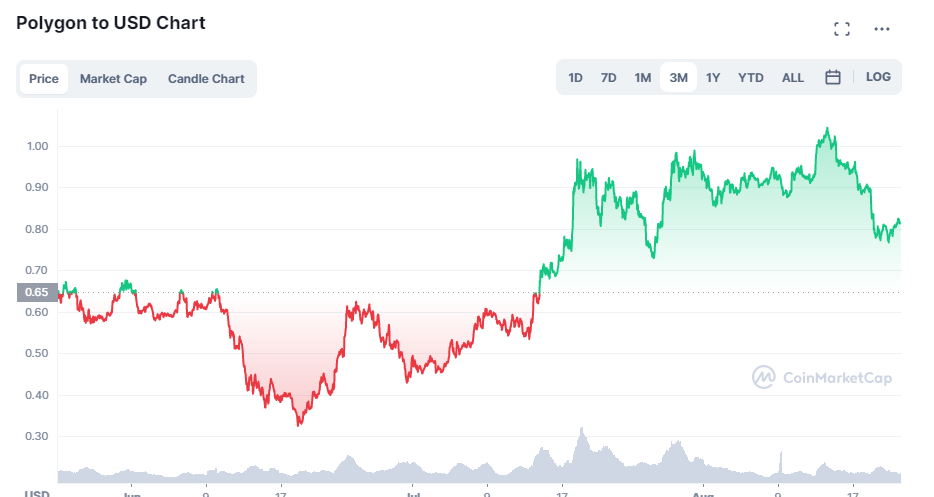
image description
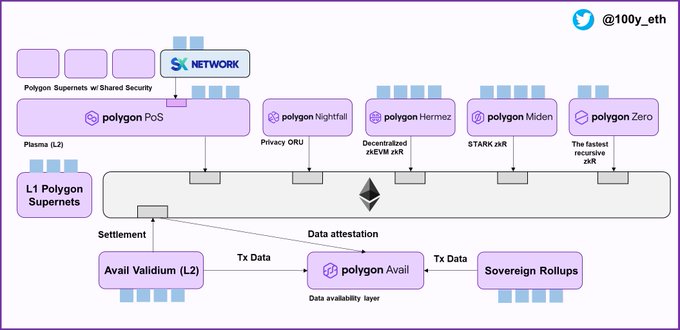
text
text
Hermez
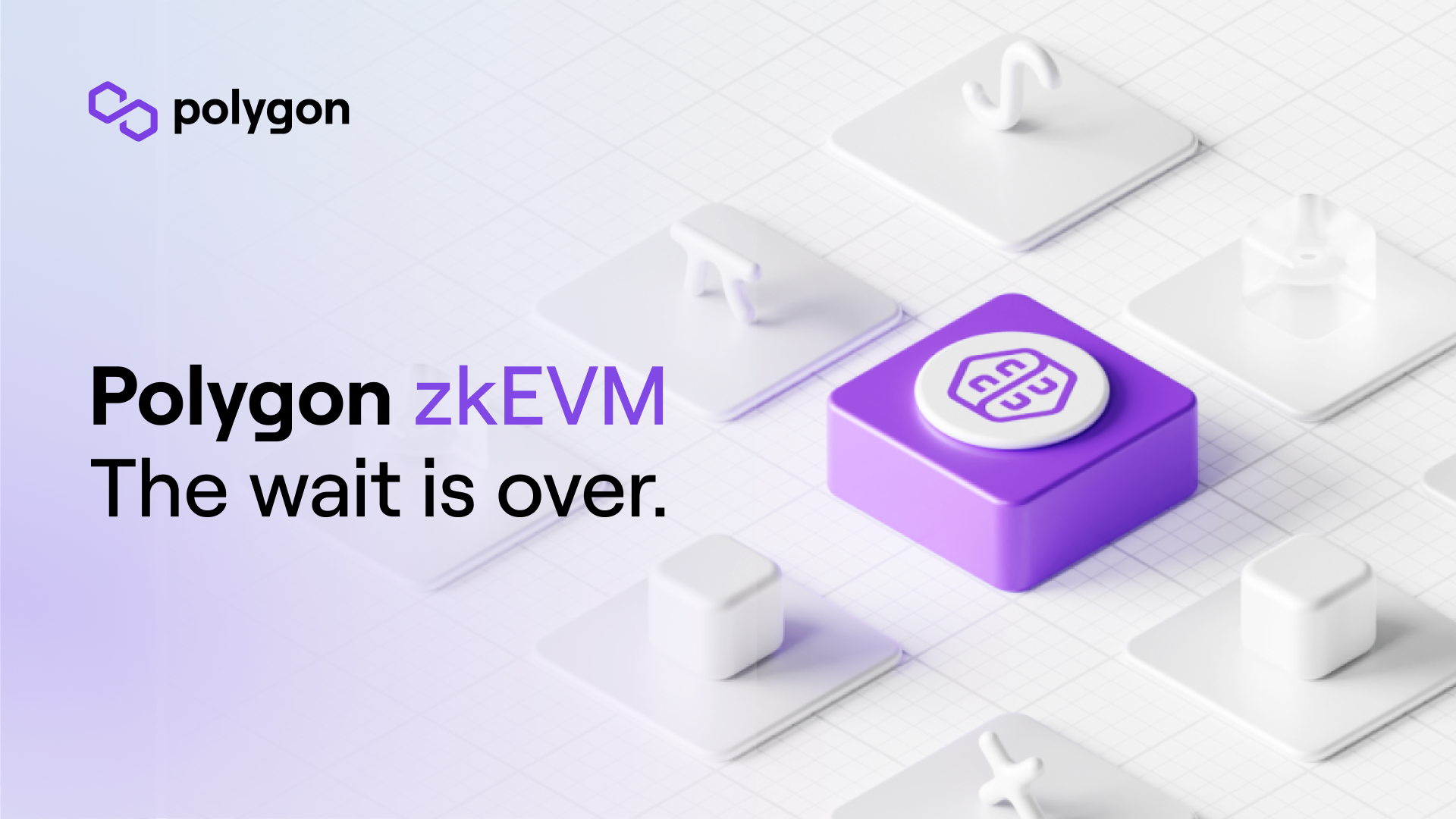
Hermez is a zkEVM-compatible ZKR that allows Ethereum applications to migrate seamlessly to the better-performing Hermez network.
Hermez is also known as Polygon Hermez or Polygon zkEVM in the Polygon family. Not long ago, zkSync and Scroll, who are also zkEVM, sparked a debate on who is the first zkEVM on Twitter.
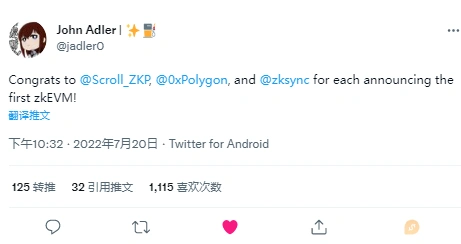
Hermez is a project acquired by Polygon, not developed by the Polygon team. In 2021, on August 13, Polygon acquired Hermez Network for $250 million andMerge into Polygon。
image description
Image Source:https://foresightnews.pro/article/detail/5364
"Opcode" is changed to "Bytecode", and "Micro Opcode" remains unchanged.
V god in his article "The different types of ZK-EVMstext
In terms of differences, the main difference from other zkEVM projects is that the sequencer is decentralized through a new consensus algorithm called "Proof of Efficiency (PoE)", which promotes sequencer decentralization while relatively solving the MEV problem.
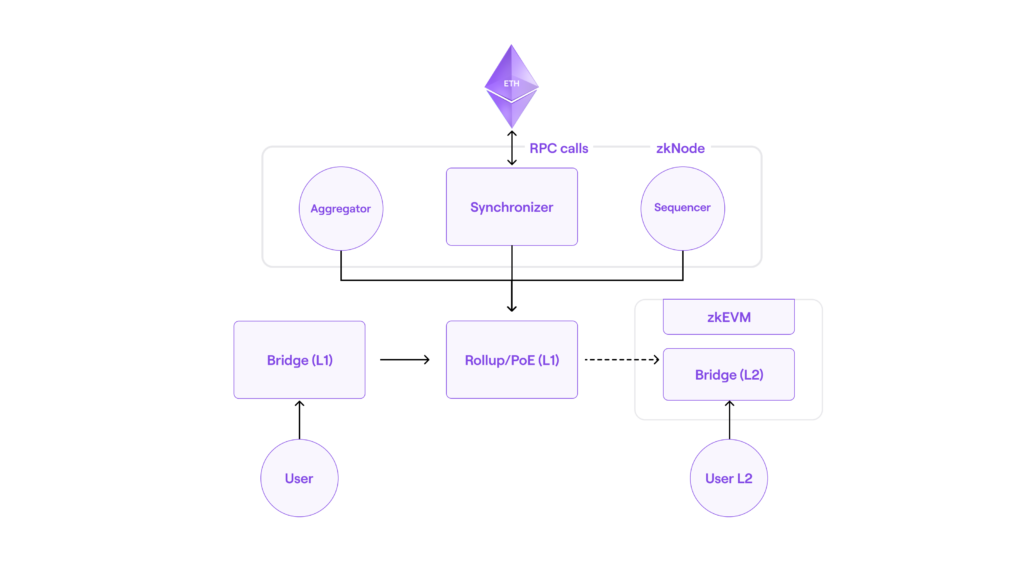
open sourceopen sourceThe official roadmap revealed
existThe official roadmap revealedAmong them, Polygon originally planned to start the test network in the second quarter and the main network in the third quarter, but now the process has obviously been postponed, and the test network may be launched from the end of August to September.
text
Zero
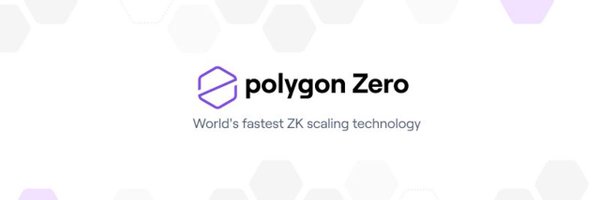
One of the main differences from other ZKR projects is that it uses a mixture of STARK and SNARK algorithms, which has better comprehensive performance overall, faster, more efficient, and cheaper than ZKR using only SNARK algorithms, and better than using only STARK algorithms ZKR is more mature - because the STARK algorithm is still an emerging technology, the relevant development tools and resource libraries are not as complete as SNARK.
The SNARK proof system it uses, Plonky2, is one of the fastest prover systems in the world to generate recursive ZK proofs. Among other things, it generates STARK proofs in parallel and aggregates them recursively using SNARK proofs.
It was originally a ZK technology company called Mir Protocol, which was acquired by Polygon for $400 million on December 14, 2021 and renamed Polygon Zero.
One of the main differences from other ZKR projects is that it uses a mixture of STARK and SNARK algorithms, which has better comprehensive performance overall, faster, more efficient, and cheaper than ZKR using only SNARK algorithms, and better than using only STARK algorithms ZKR is more mature - because the STARK algorithm is still an emerging technology, the relevant development tools and resource libraries are not as complete as SNARK.
text
In terms of progress,The core algorithm Plonky2 has been open source,according toofficial roadmap, the test network will be opened in the fourth quarter of 22, and the main network will be opened in 23 years.
Miden
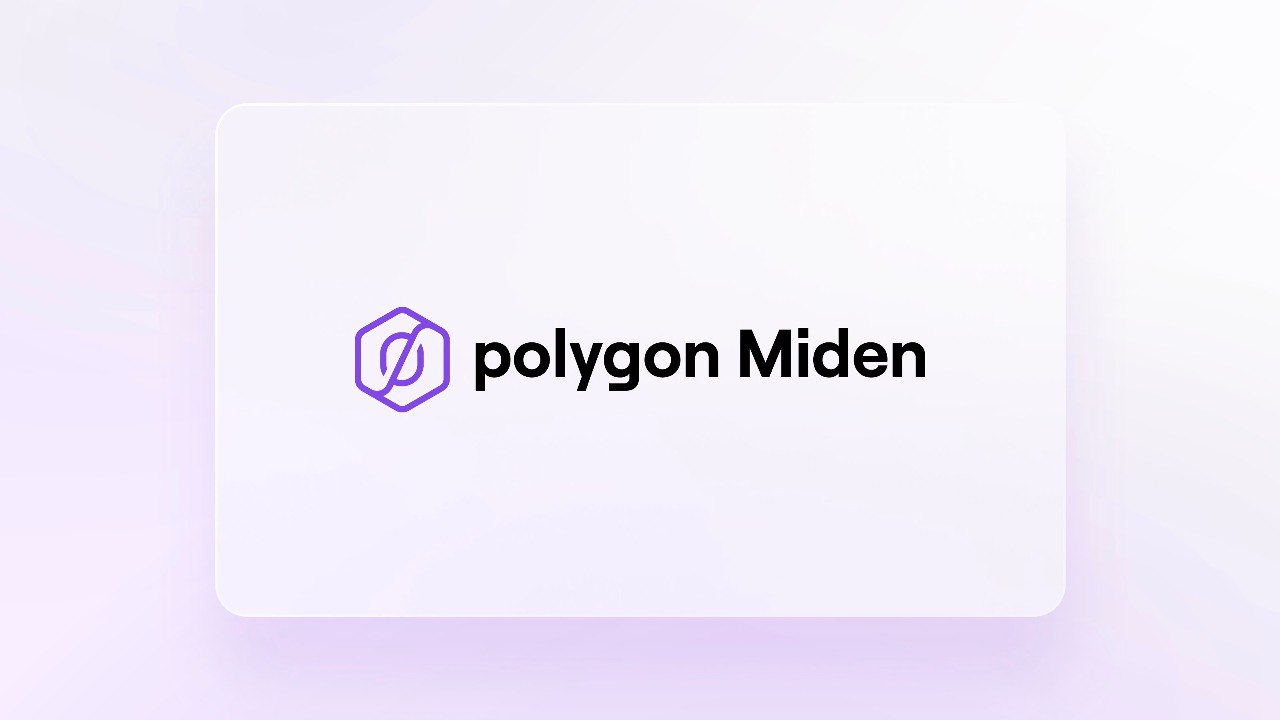
Different from the ZKR of the zkEVM route, the bottom layer of Miden is not compatible with Ethereum, but it is more suitable for zero-knowledge proof. Miden VM supports developers to develop general-purpose dApps on it.
Different from the ZKR of the zkEVM route, the bottom layer of Miden is not compatible with Ethereum, but it is more suitable for zero-knowledge proof. Miden VM supports developers to develop general-purpose dApps on it.
Polygon Miden is a STARK-based ZK rollup that promises low fees and very high transaction throughput while maintaining the same level of security as Ethereum. At launch, rollup will support transactions per second in the range of 1,000 to 2,000, reaching 20,000 TPS once shards are deployed on Ethereum.
text
text
route maproute maptext
Nightfall
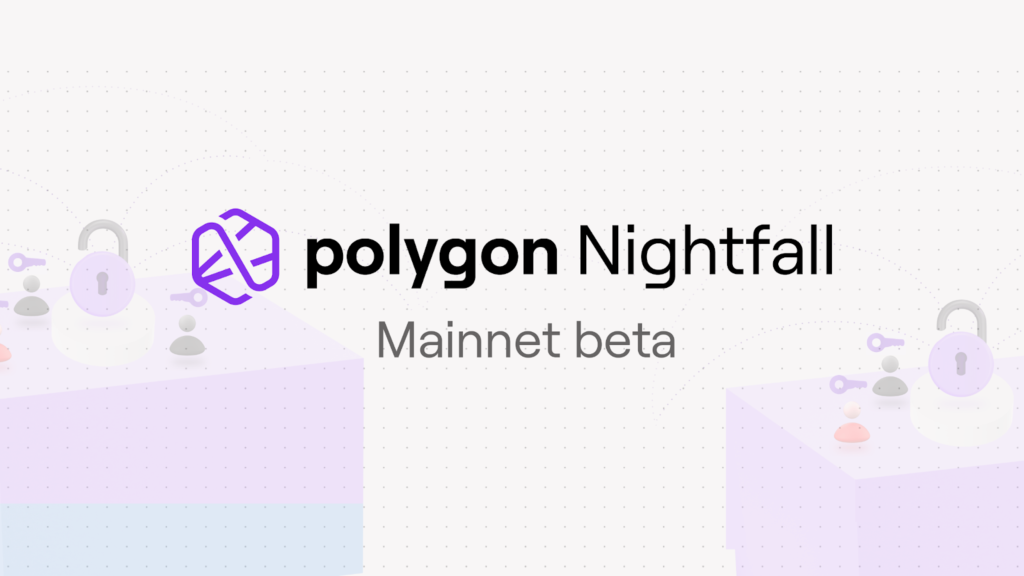
Nightfall is an Optimistic Rollups combined with ZK technology.
Nightfall supports transfers of ERC20, ERC721 and ERC1155 tokens so that the recipient and content of the transfer remains private. Polygon and EY estimate that Nightfall 3 can reduce standard ERC20 token transfer gas fees by up to 86%, while providing greater privacy. The protocol can achieve up to 105 transactions per second at a cost of approximately 9,000 Gwei gas per transaction.
text
text
secondary title
Avail
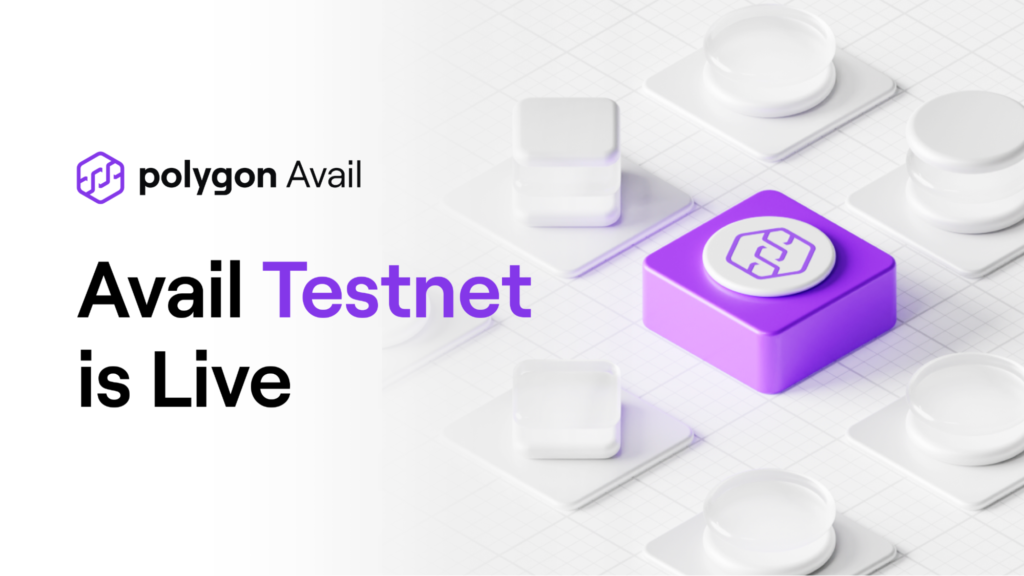
Avail is a data availability layer, a modular blockchain that can extend other blockchains.
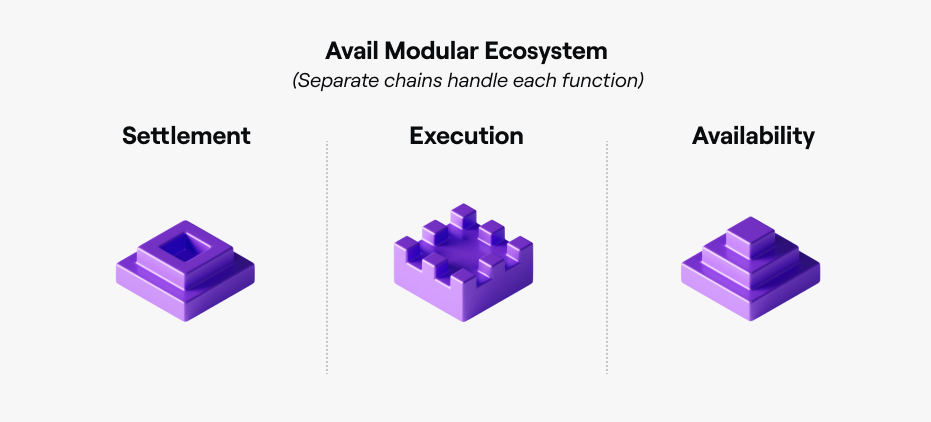
Avail works by storing transaction data from any other blockchain and proving that the transaction data it holds is available. It is capable of supporting the storage needs of hundreds of blockchains simultaneously because it is optimized to perform only this function.
text
In terms of differences, compared with other modular blockchains or data availability layers, Avail mainly has the following three characteristics.
Data redundancy, each piece of data is erasure coded using polynomial interpolation, redundancy makes it harder to suppress data, light clients get about 100% confidence in data availability by executing a constant number of queries.
Low resource requirements, no need to host a full node to obtain availability guarantees, application clients can query only the data relevant to the application they are interested in, without downloading the entire block, the system scales with the number of users, increasing the Data Availability.
text
In terms of progress, testing was launched on June 29th,related codeIt has been open sourced, but Twitter has less than 2,000 followers, which is still early.
